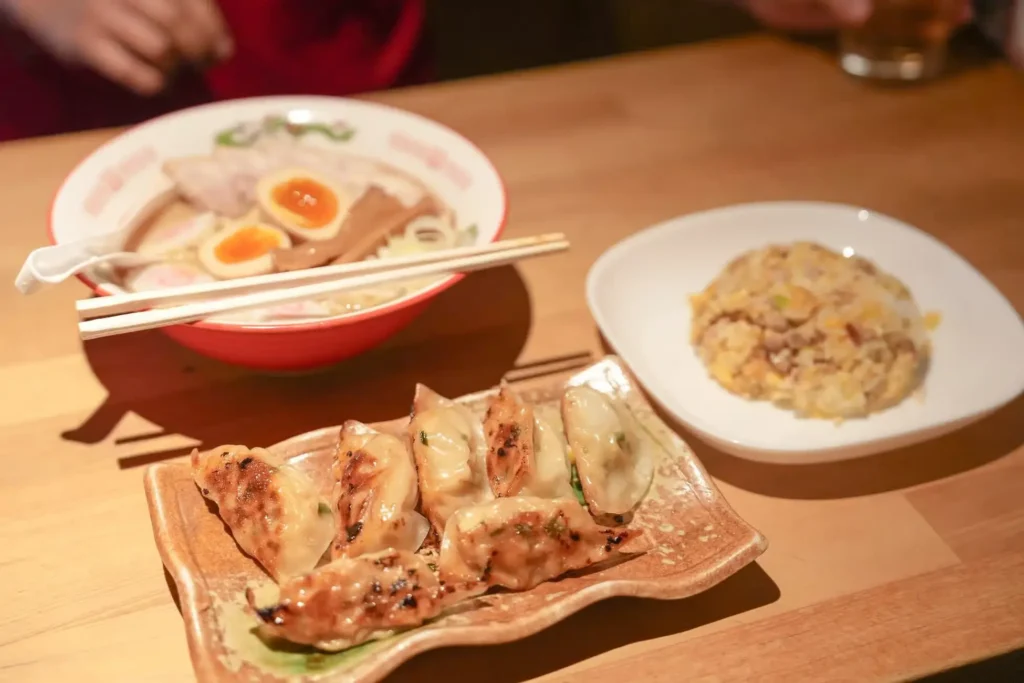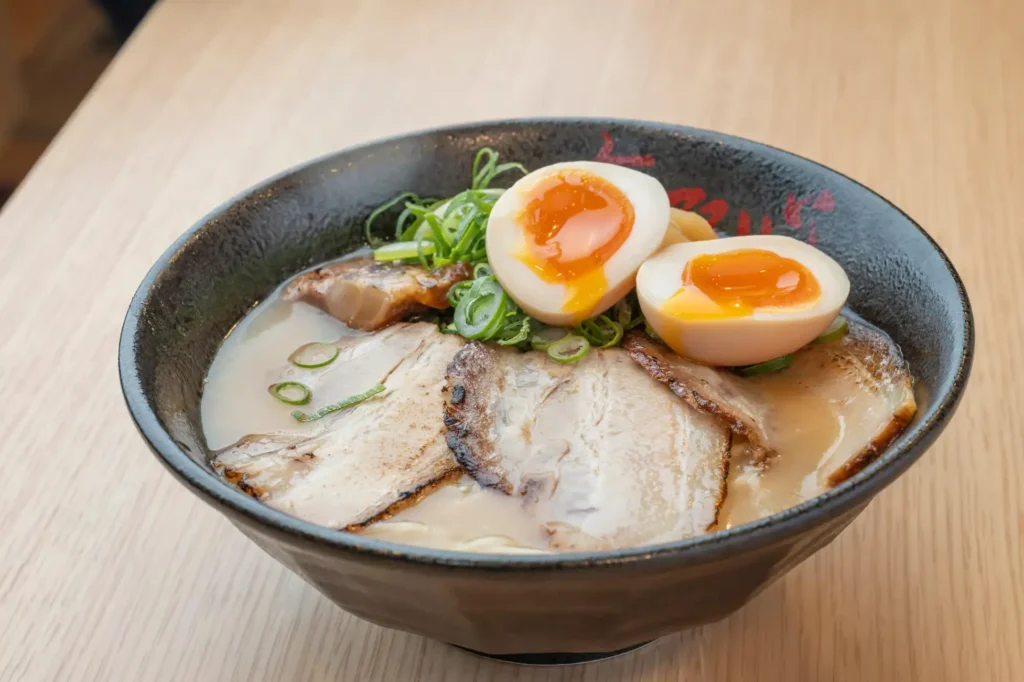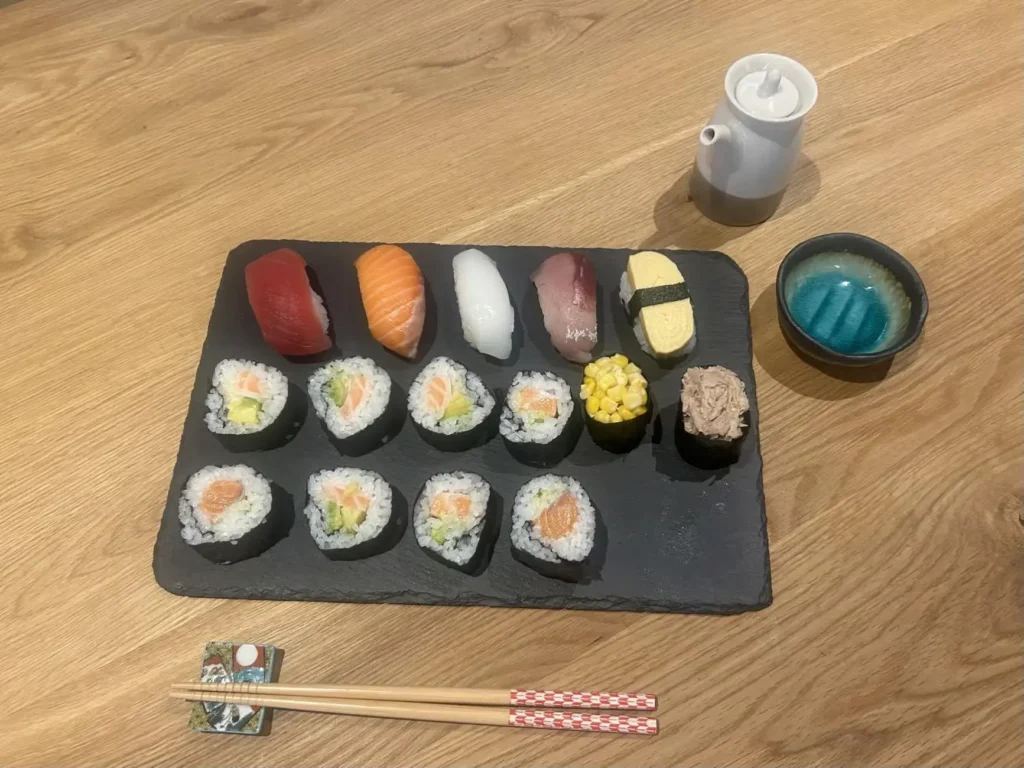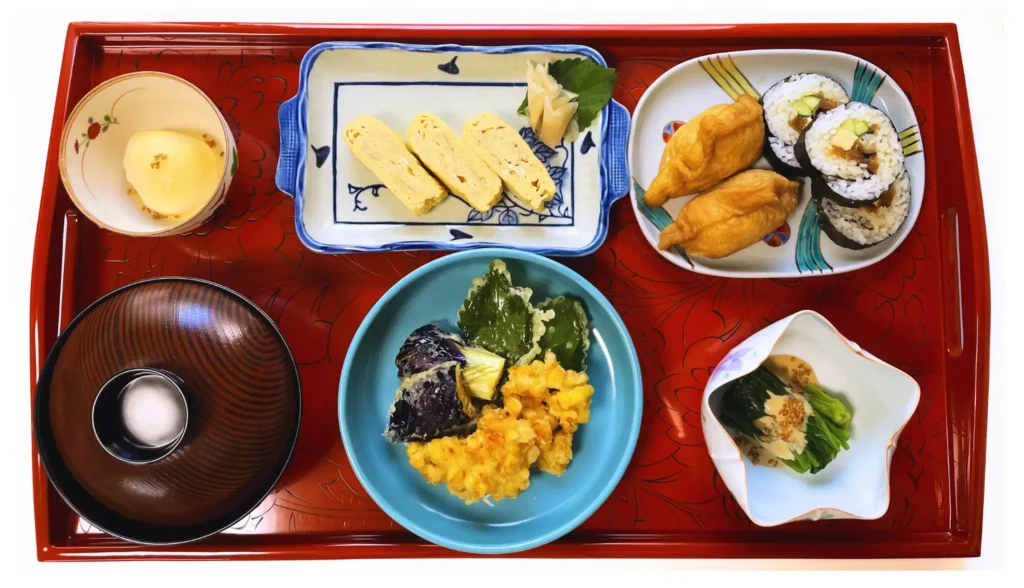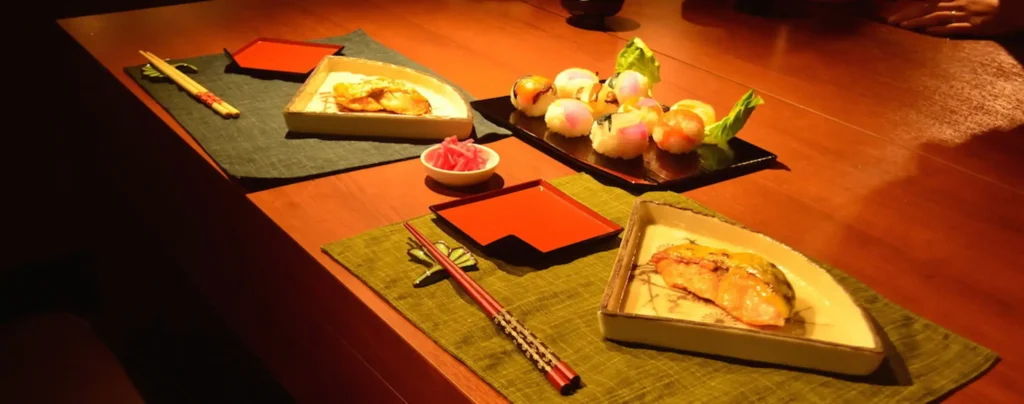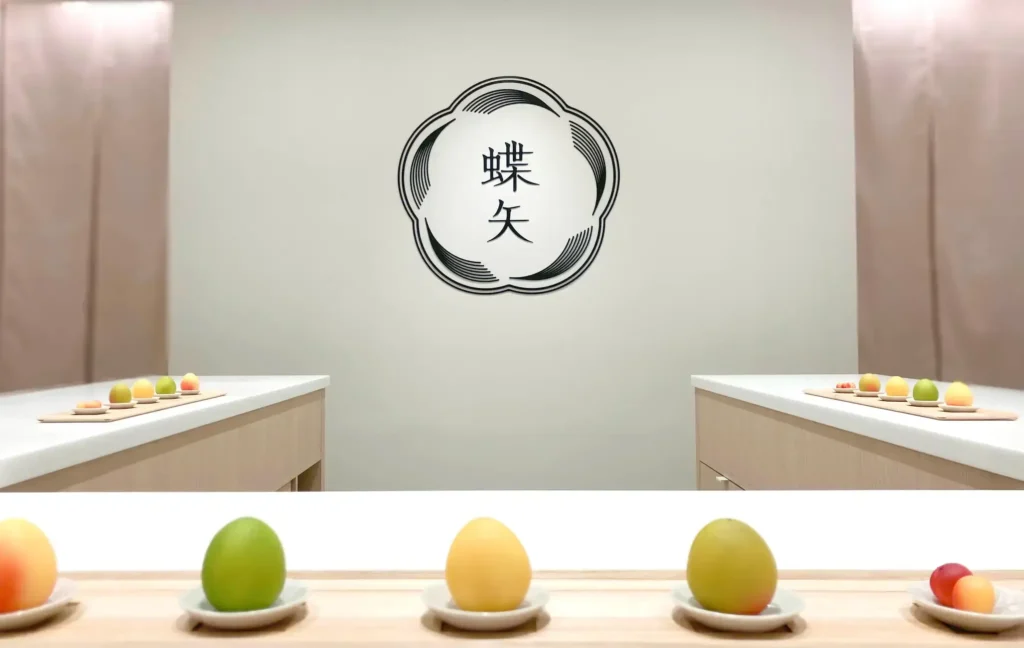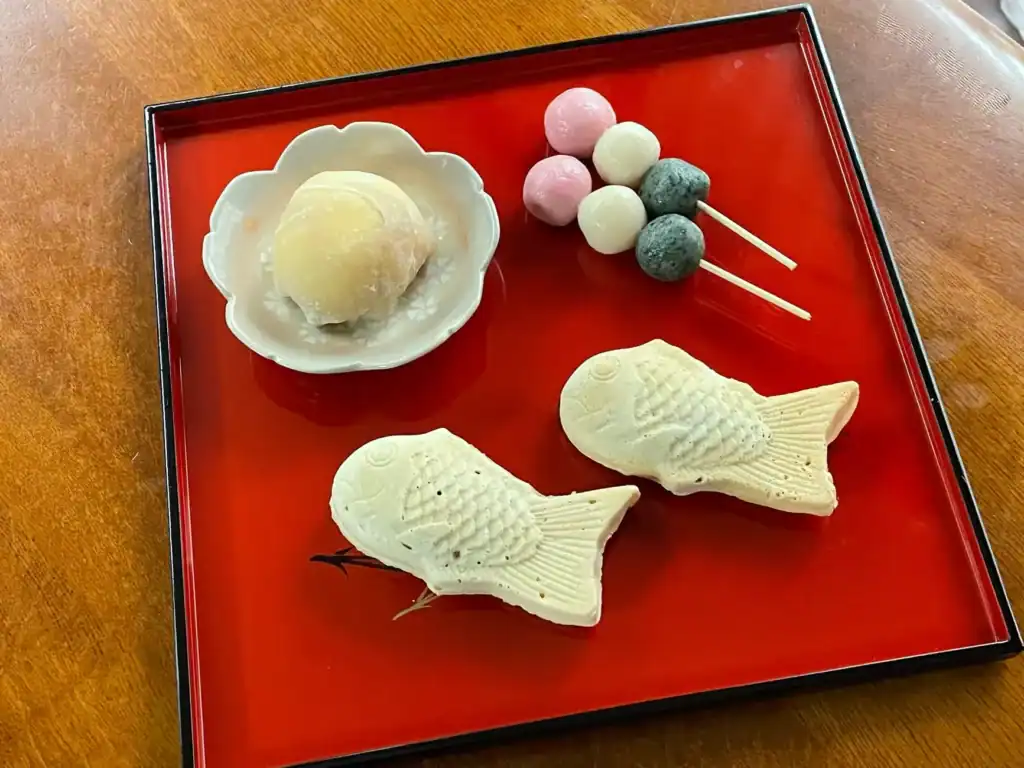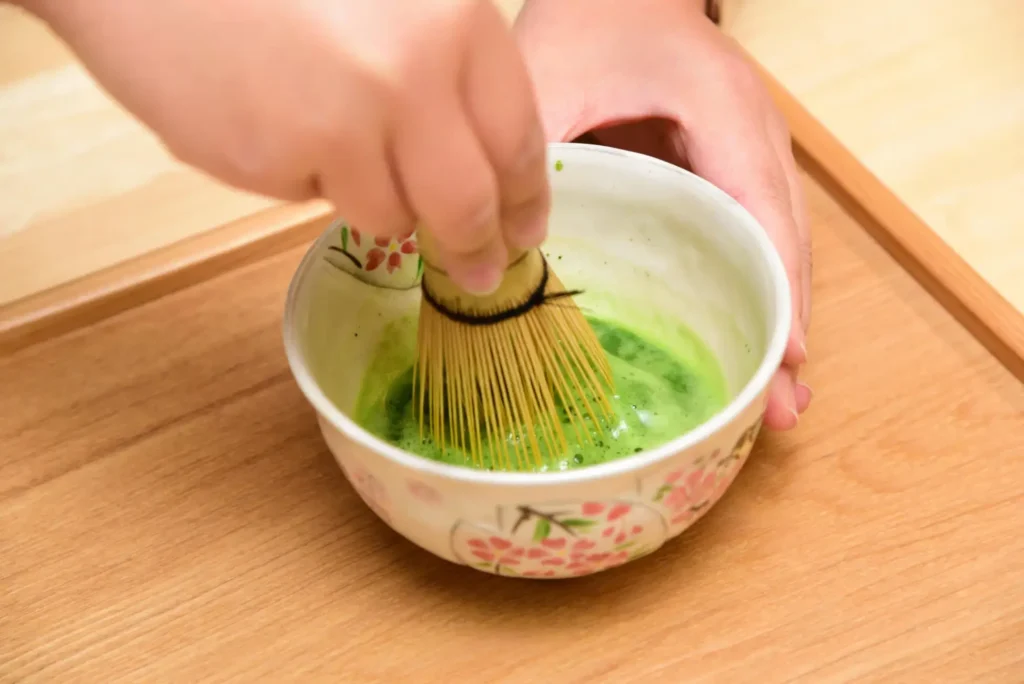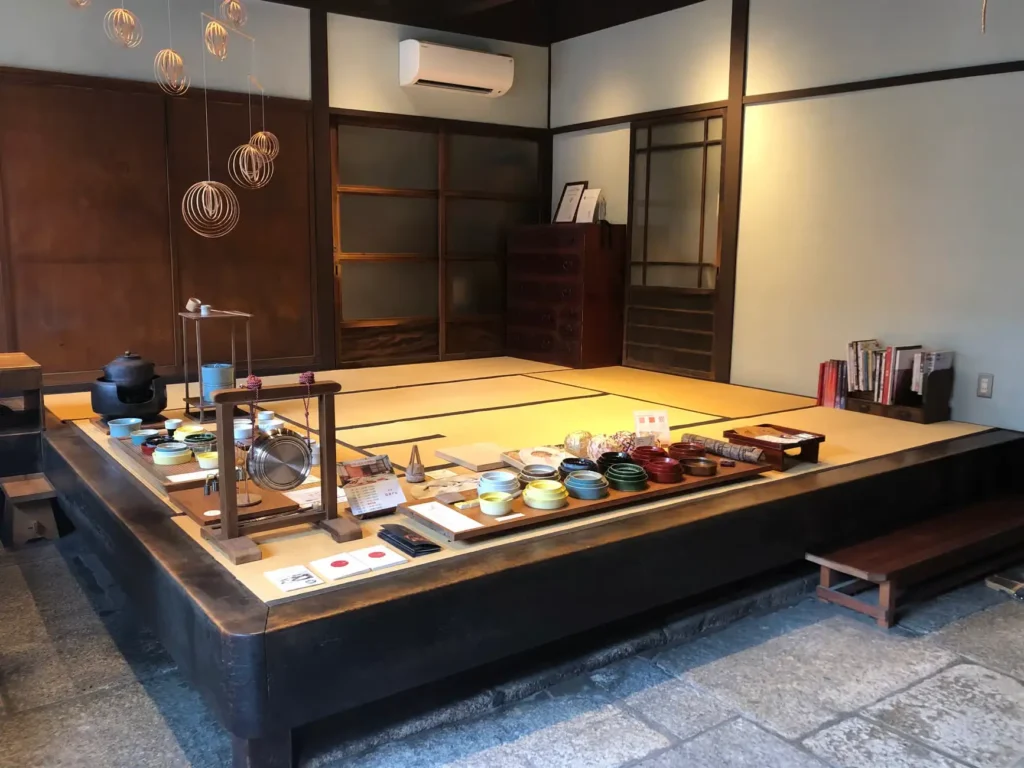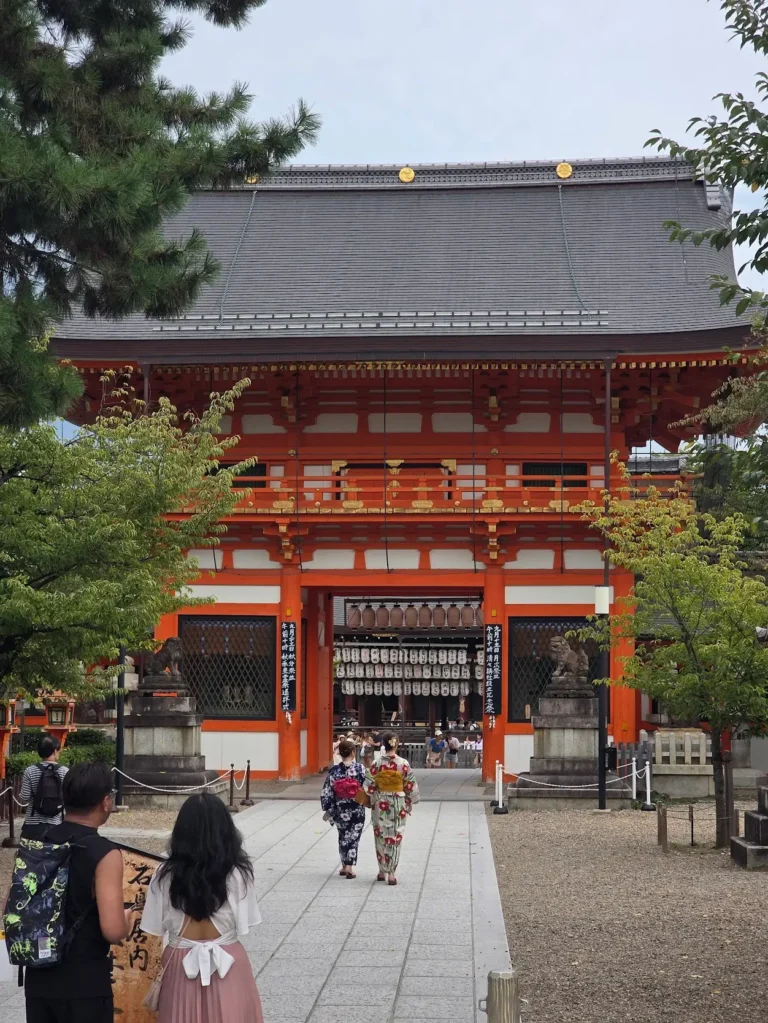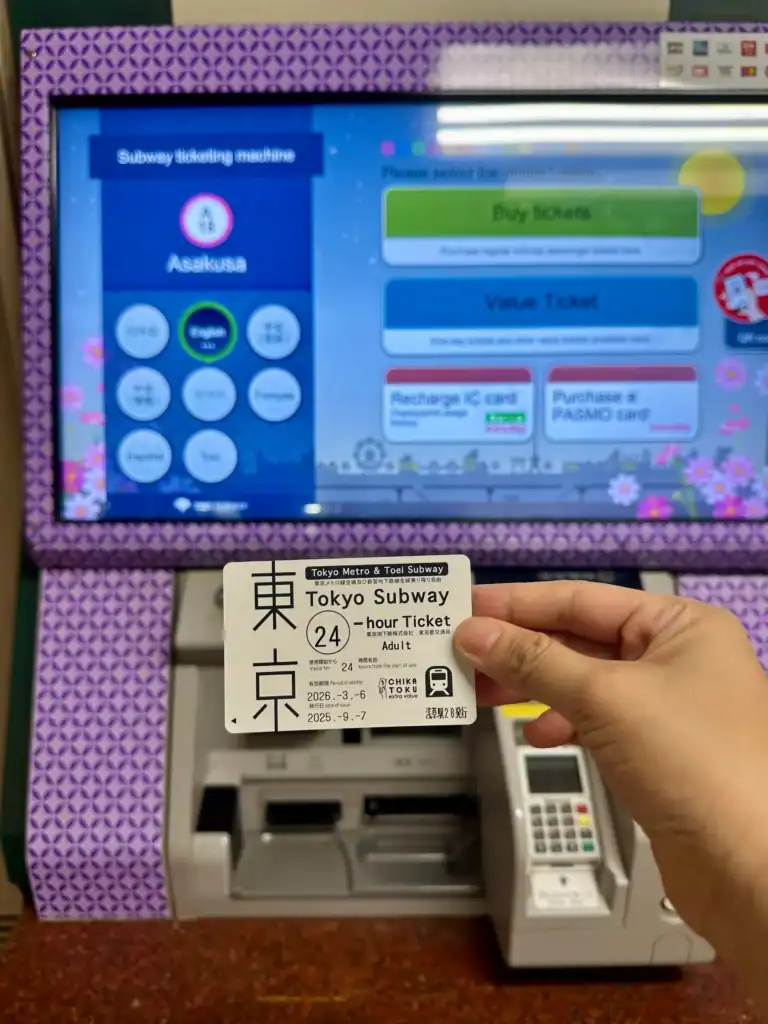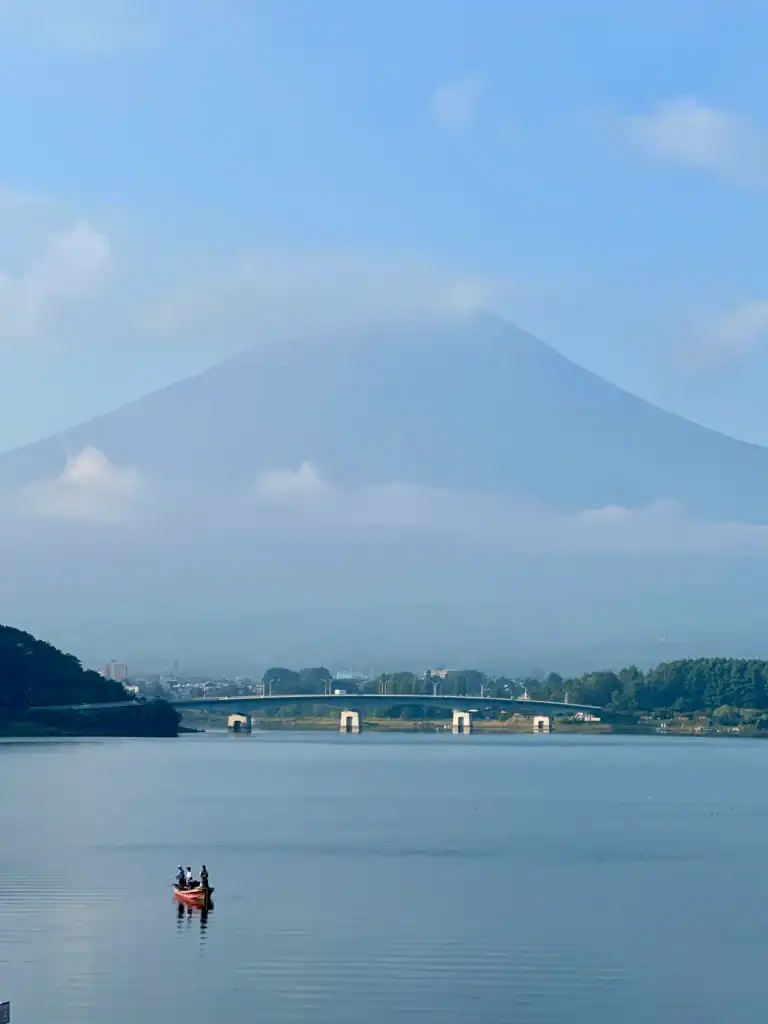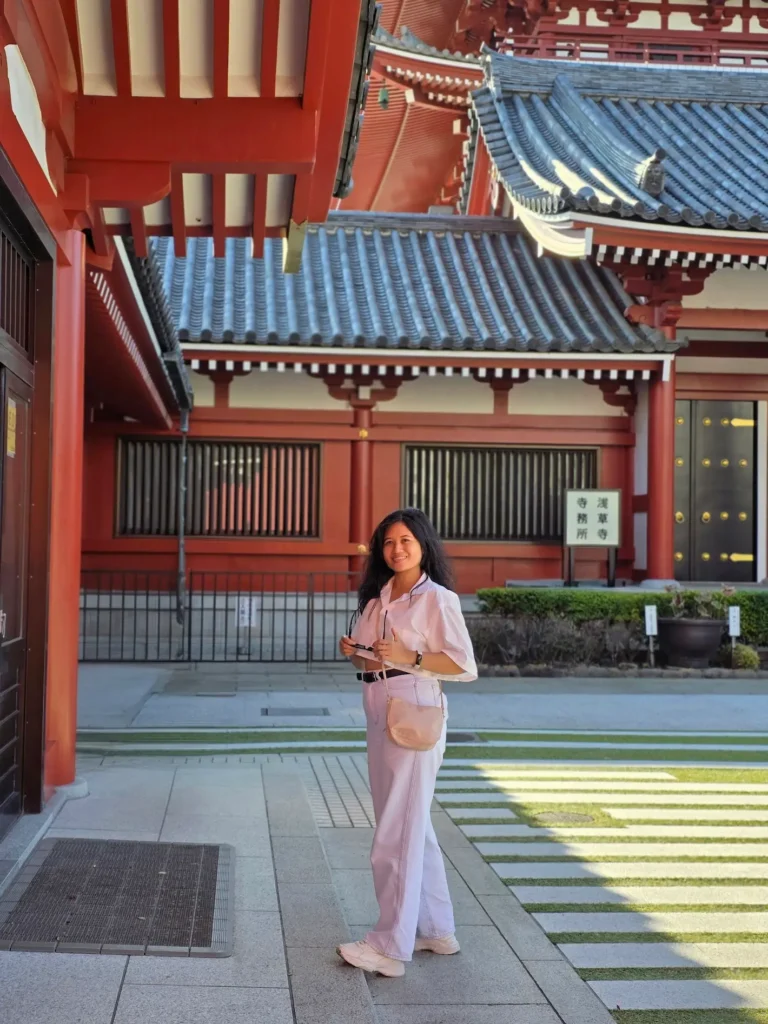14 Cooking Classes in Kyoto You’ll Love
Ever since I first heard about Kyoto, it’s been the place I dreamed of visiting when I returned to Japan.
There’s something spiritual about Kyoto — and it’s not just the temples, tea houses, or quiet gardens.
It’s everywhere: in every meal you taste, every tea ceremony you join, in the way people move, speak, and prepare even the simplest dish.
If you want to understand Japanese culture through food, Kyoto’s cooking classes are the perfect place to start.
From folding perfect gyoza to hand-grinding matcha in Uji, these experiences go far beyond recipes. They reveal Kyoto’s philosophy of balance, beauty, and respect for the seasons.
After experiencing both Tokyo and Kyoto’s approach to cooking, I’ve realized Kyoto’s classes offer something truly unique — a calm, ritual-like appreciation for food.
Whether you want to dive deeper into Japanese culture or want to experience something unique in Kyoto, these experiences will stay with you long after your trip.
In this guide, you’ll find 14 of the best cooking classes in Kyoto — from ramen and sushi workshops to wagashi sweet-making and traditional tea ceremonies.
I’ve also included vegan and vegetarian-friendly options, plus classes located near Kyoto’s most famous spots, so you can easily add them to your itinerary.
This post contains affiliate links. If you book through them, I may earn a small commission — at no extra cost to you. Thank you for your support! Read our full disclosure.
Top Picks: Best Cooking Classes in Kyoto
Category |
Class |
Book Now |
|
Top Pick for Beginners |
Kyoto Ramen & Gyoza Cooking Class with Professional Chefs |
GetYourGuide · Klook · Viator |
|
Top Pick for Foodies + Vegan/Vegatarian Option |
Kyoto Michelin Ramen Noodle Making Class | |
|
Most Cultural Experience |
Uji Tea Museum: Matcha Grinding & Tasting Experience |
Ramen & Noodle Cooking Classes in Kyoto
1. Ramen & Gyoza Cooking Class with a Professional Chef
¥12,000 to ¥13,600 ($80 to $90)
If we hadn’t already done a cooking class in Tokyo, this is the one we’d choose. Many ramen classes only show you how to assemble a bowl, but this one teaches you from the beginning.
You knead the dough, roll it out, and cut your own noodles. Plus, who doesn’t love gyoza? It’s a full and satisfying experience.
The instructor is a professional chef who teaches step by step in clear English. The class takes place in a small cooking studio, about 8- to 10-minute walk from the bustling Nishiki Market.
The group size is limited to 8 to 10 people, giving everyone enough space to practice and ask questions. A printed or digital recipe guide is provided after the class, so you can recreate the dishes at home.
This class cannot accommodate vegetarian or gluten-free requests. If this is important to you, it’s best to look for another option. The session lasts up to 2.5 hours.
2. Michelin Ramen Noodle Making Class
(Vegetarian and vegan ramen options)
¥6,030 to ¥7,540 ($40 to $50)
This class teaches ramen using techniques from a Michelin-awarded kitchen. The instructor shows each step, from preparing the broth to making and cutting your own noodles.
The pace is steady and hands-on, so you understand what you are doing and why it matters.
If you want a full ramen experience from scratch and prefer to focus only on ramen, this is a strong choice.
The group size is small, limited to around 6 participants. This gives you room to practice and ask questions during the one-hour session.
A key highlight is that the class can accommodate vegetarian and vegan ramen, which is rare for ramen making. You can also design your own ramen bowl.
They bake it, and you can pick it up the next day. It became a simple and personal souvenir from Kyoto.
The class takes place at Musoshin Ramen in the Gion area, making it easy to incorporate into your sightseeing itinerary.
3. Udon & Tempura Cooking Class with Professional Chefs
¥12,000 to ¥13,500 ($80 to $90)
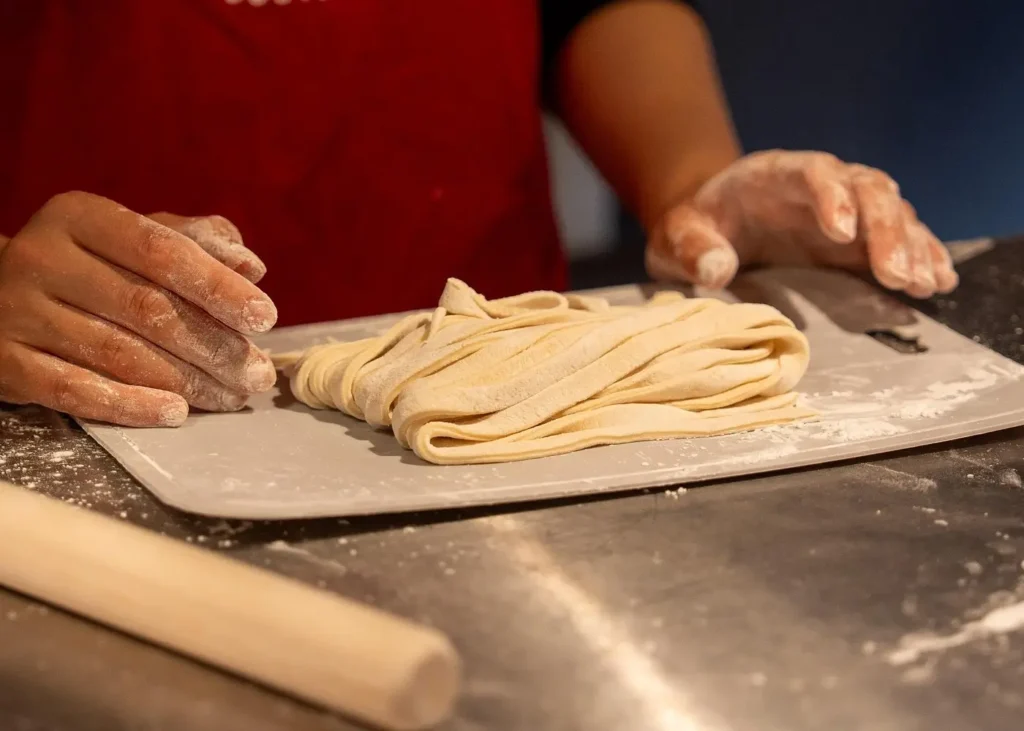
This class teaches you how to make udon noodles by hand and how to fry light, crisp tempura. You will have the opportunity to knead the dough, roll it out, and cut the noodles yourself.
The instructor shows how to check the texture so the noodles stay chewy and soft. Udon has thicker noodles and a clean, mild flavor. I personally prefer ramen over udon, but most people, like my boyfriend, like udon more.
Udon is usually served in a clear broth made from dashi. Dashi is made from kombu and katsuobushi. The flavor is simple and balanced, and many consider it lighter than ramen.
The tempura part focuses on timing and oil temperature. You learn how to coat vegetables and shrimp in a thin batter and fry them so they stay crisp without feeling heavy.
The chefs give clear instructions and guide you through each step. The class is hands-on and beginner-friendly.
The meeting point is a 3-minute walk from Exit B3 of Kyoto-Kawaramachi Station. A downloadable recipe guide is included so you can make the dishes again at home.
This class is a good fit if you prefer lighter flavors or want a relaxed cooking activity with a partner or small group. The session lasts about 2 to 3 hours.
Sushi, Bento & Home-Style Cooking
4. Authentic Sushi Making Workshop
¥4,500 to ¥13,500 ($30 to $90)
When we did our sushi-making class in Tokyo, we saw how important a small group setting is. You can ask questions, get feedback, and actually learn. Fresh ingredients also made a big difference.
Even when the sushi did not look perfect, it still tasted great. That is the real advantage of using fresh fish and well-seasoned rice.
This class is limited to about 8 participants, which keeps it personal and hands-on. You can cancel up to 24 hours before the class for a full refund, which is a plus.
This class does not currently offer vegetarian or vegan options. If that is a priority, you may want to explore other classes.
The location is convenient, within walking distance of Kiyomizu-dera and Gion. The workshop is held in the Kyoto Wand building, just a few minutes from Kiyomizu-Gojō Station on the Keihan Main Line.
The class lasts about 1.5 to 2 hours. Reserve your spot early. Small groups fill fast!
5. Washoku Bento Cooking Class
¥9,050 to ¥13,500 ($60 to $90)
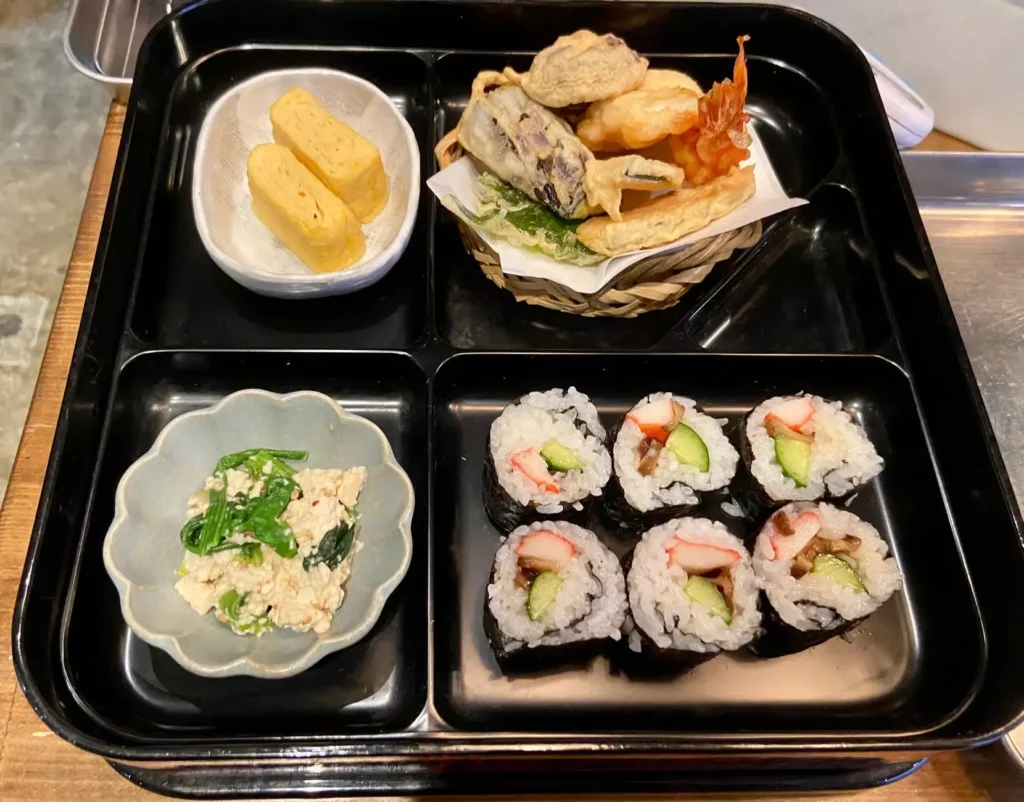
This class is a deep dive into washoku, Japan’s traditional approach to food. You prepare a seasonal bento box that is balanced in taste, color, and texture.
More than flavor, Japanese cooking focuses on balance, precision, and respect for ingredients. The process feels calm and mindful.
You learn how to handle a knife with control, make dashi from scratch, and understand how small details change the taste, fully guided by a professional chef. The instructor teaches in English and Japanese.
The group is limited to about five participants, so you have space to learn and ask questions. The class lasts about 2.5 to 3 hours.
This class is not suitable for children.
The meeting point is Kyoto Laundry Cafe near Saiin Station on the Hankyu Railway. The cafe is about a five-minute walk from the station.
Pro Tip: For directions, use Google Maps for accuracy. Instagram map pins are often incorrect.
You can reserve now and pay later. You can cancel up to 24 hours before the class for a full refund. Book your spot while slots are still open!
6. Home Cooking Class (Fushimi Inari)
¥18,000 to ¥19,500 ( $120 to $130)
One challenge with cooking classes is recreating the dishes when you return home. Many recipes need special tools or ingredients.
The advantage of this class is that you learn dishes you can make again in your own kitchen. The ingredients and tools are common and easy to find.
After cooking, you visit a local supermarket with the instructor. You see what people buy for everyday meals and how they shop. The experience feels personal, like being welcomed by a local friend.
Free cancellation is available up to 24 hours before the class. You can also reserve now and pay later, which keeps your plans flexible.
The class lasts about 4 hours. The instructor speaks English. The group is small, limited to 6 participants. Dashi can be prepared in a vegetarian style, so vegetarian and vegan guests are welcome. The class is not suitable for children under six years old.
Quick Tip: This class asks guests to wear socks. In Japan, wearing socks indoors shows respect for the space. Many cooking studios have clean tatami or wooden floors, and socks help keep them protected and comfortable for everyone.
The location is close to Fushimi Inari Shrine, about a 10 to 15 minute walk. It is easy to add before or after your shrine visit. The class is relaxed, practical, and warm.
7. Kyoto Izakaya-Style Kappo Cooking Class
¥6,000 to ¥10,000 ($40 to $60)
This class introduces kappo cooking, Kyoto’s refined approach to preparing and presenting food. You make several small seasonal dishes and learn how cutting, cooking, and plating all work together to create balance.
The instructor guides each step clearly, so the class feels calm and approachable.
I originally wanted to try an izakaya in Gion, but chose this instead. Izakaya food has a warm, community feel with many small, shareable dishes.
The kind you often see in Japanese films. This class captures that atmosphere while letting you cook the dishes yourself.
Free cancellation is available up to 24 hours before the class. You can also reserve now and pay later. The class lasts about 3 hours. The instructor teaches in English. The space is wheelchair accessible!
A good option if you want to experience Kyoto’s dining culture in a relaxed and hands-on way.
Premium & Unique Cooking Experiences
8. Wagyu Sushi & Takoyaki Cooking Class (near Gion)
¥12,000 to ¥13,500 ($80 to $90)
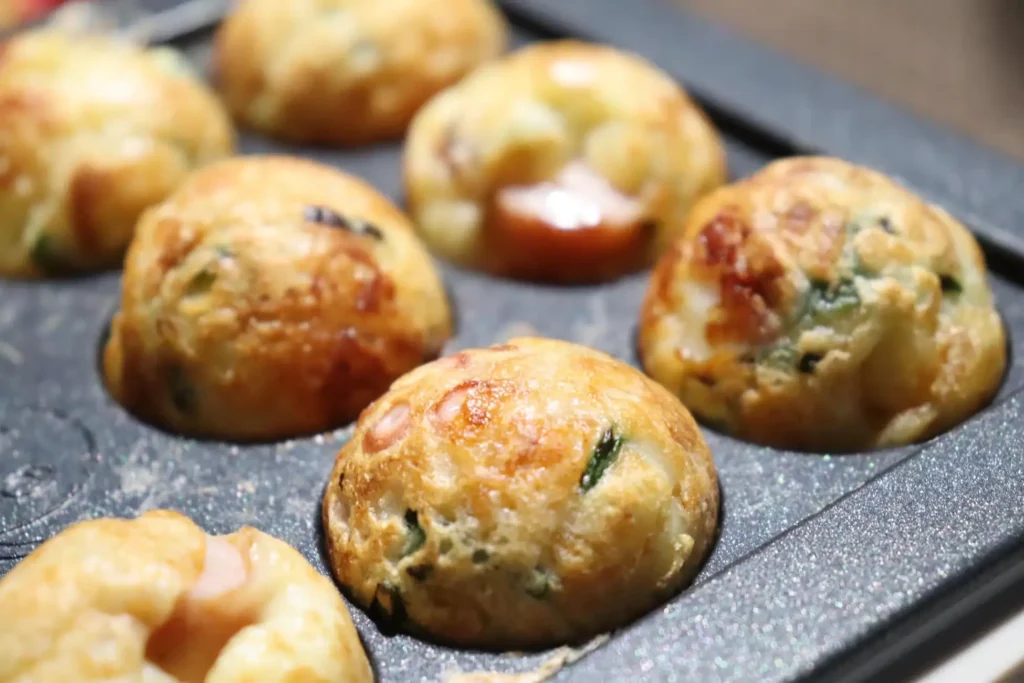
This class gives you three experiences in one session. You cook premium Wagyu beef, roll sushi, and make Osaka-style takoyaki.
It is a good choice if you want to taste different Japanese flavors in a short amount of time. Wagyu is high-quality Japanese beef known for its tender texture and rich flavor. It has fine marbling that makes it melt easily when cooked.
After trying Wagyu in a kaiseki meal in Kyoto, the flavor made sense. It is tender and buttery, and it melts easily. Using that same beef in sushi takes the experience to another level. Simple, rich, and memorable.
The class takes place in a machiya-style setting, which is a traditional wooden townhouse that once served as both a home and workspace. It adds a calm, warm atmosphere to the experience.
Free cancellation is available up to 24 hours before the class. You can reserve now and pay later. The class lasts about 2 hours. The instructor teaches in English. The session is private, so you can learn at your own pace.
Quick Tip: When you arrive, ring the doorbell and mention that you have a reservation for the cooking class. The instructor will come to greet you!
This class is hosted at Hanakiya, a traditional ryokan in Kyoto. It feels welcoming and personal. Reserve early, since private spots usually book quickly.
9. Okonomiyaki & Takoyaki 1-Hour Class
¥7,500 to ¥9,000 ($50 to $60)
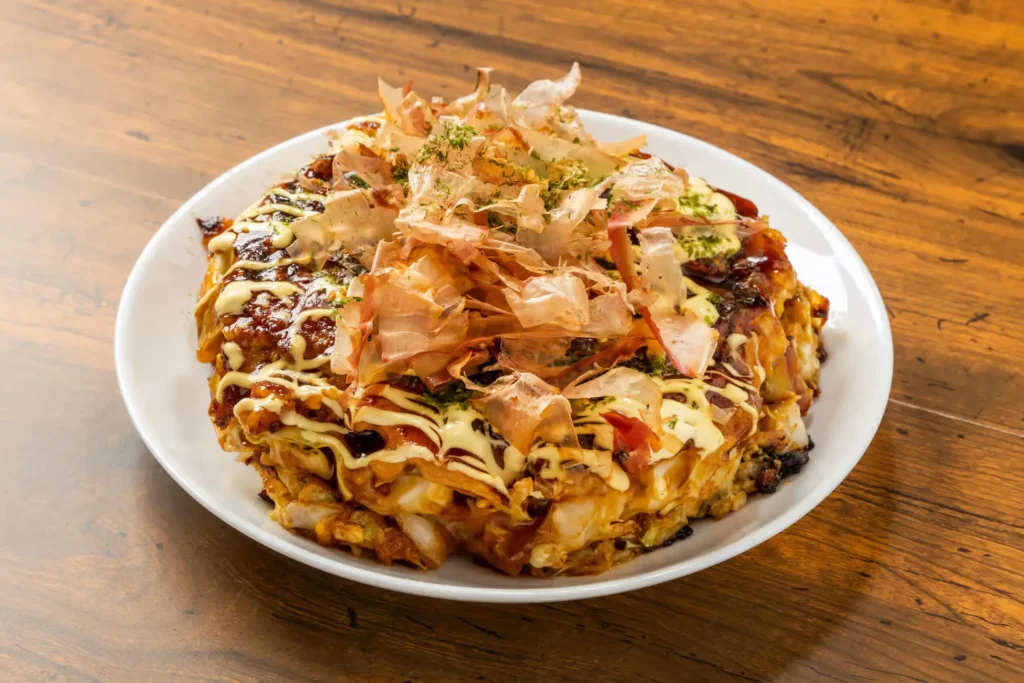
This class focuses on Osaka-style comfort food. You learn how to make okonomiyaki and takoyaki in a simple, hands-on way. Okonomiyaki is a savory pancake with cabbage and toppings. It has a sweet, smoky, and slightly creamy taste.
It reminded me a bit of the Ningxia oyster in Taiwan. We only tried okonomiyaki from 7/11 the first time, so learning how to make it fresh felt new and fun.
The class lasts about one hour. The instructor teaches in English and Japanese. The group is small, limited to six participants. This class is also flexible with dietary needs. It can be made gluten-free, vegan, halal-friendly, or allergy-safe. You only need to inform them when booking.
The location is easy to access, within a ten-minute walk from Shijo Station or Karasuma Station. The recipes are made by a Japanese cooking instructor, so you learn simple methods you can repeat at home.
Quick Tip: If you have any dietary restrictions, let them know in advance. They will prepare the ingredients to match your needs.
10. Umeshu & Ume Syrup Workshop
¥4,500 to ¥6,000 ($30 to $40)
This class teaches you how to make umeshu (plum wine) and ume syrup using seasonal Japanese plums. It is a sweet and slightly boozy experience, and it highlights one of Japan’s most loved seasonal ingredients.
Ume is a Japanese plum with a tart flavor. Umeshu is a sweet liqueur made by soaking ume with sugar in alcohol.
During our zazen practice at Manpukuji Temple in Uji, a monk served us homemade plum syrup harvested in May. It tasted sweet, fruity, and a little tart. It was refreshing and simple, but memorable.
That is what makes this class special. You create something tied directly to the season and take home a flavor you cannot easily find elsewhere.
The class lasts about one hour. The guide speaks English. The group is small, limited to 10 participants, and the space is wheelchair accessible.
Pro Tip: You can make your reservation up to two months in advance. This helps secure your preferred date, especially in peak season.
Sweets & Matcha Tea Ceremonies in Kyoto
11. Wagashi Japanese Sweets Cooking (Fushimi Inari)
(Vegan and Vegetarian Options Available)
¥10,500 to ¥13,500 ($70 to $90)
In this class, you learn how to shape seasonal wagashi sweets. They are small, delicate Japanese confections often served with matcha. Kyoto is known as the home of this craft.
The class also offers vegan and vegetarian options, which makes it welcoming to many travelers.
Wagashi (和菓子) is a traditional Japanese sweet made mainly from plant-based ingredients. The flavor is usually subtle rather than very sugary.
Common ingredients include red bean paste, mochi, and sweetened yams. We tasted similar treats during a zazen practice, and it was interesting to learn how thoughtful each ingredient is.
They look simple, but each piece is shaped with care and reflects the season.
The class lasts about 2.5 hours. The instructor teaches in English. The group is small, limited to six participants. The setting is a traditional Japanese home, which adds to the atmosphere.
If you have a sweet tooth or have seen wagashi in Japanese anime or manga, this is a fun way to try making them yourself in Kyoto!
12. Uji Matcha Tea Ceremony
¥3,000 to ¥3,500 ($20 to $30)
This class takes place in Uji, known as the home of matcha. You learn how to hand-grind tea leaves into matcha powder, whisk it yourself, and taste it fresh. It is a calm and simple experience that focuses on the steps that make matcha what it is.
Matcha is finely ground green tea powder. It has a rich and grassy flavor.
I don’t think a trip to Japan feels complete without tasting matcha. If you enjoy matcha, going to Uji makes it even more meaningful. My brother took this class, and he still talks about it.
He was so proud of how well he whisked the tea that he said he would whisk mine for a fee.
The class lasts about one hour. The instructor teaches in Japanese and English. The space is wheelchair accessible. Your ticket also includes entry to the Chazuna Museum and the guided matcha-making session.
The location is inside the Historical Park of Tea and Uji Town, which is close to popular sightseeing spots in Uji. It is easy to add this class to your itinerary while exploring the area.
Quick Tip: Arrive 15 minutes early and check in at the reception counter to ensure a smooth start.
13. Make Your Own Matcha with a Tea Master
¥4,500 to ¥7,500 ($30 to $50)
This class teaches traditional tea ceremony etiquette in a quiet Kyoto setting. It is beginner-friendly and ideal if you want to experience matcha and Zen culture in a calm way.
If you cannot make the trip to Uji, this is a good alternative. The class takes place inside a 100-year-old machiya townhouse. The instructor is a tea master who was trained in Omotesenke, one of the main schools of tea ceremony in Japan.
The setting feels warm and personal, which makes the experience memorable. When we did a matcha ceremony in Kawaguchiko, the atmosphere of the room made the whole moment feel more meaningful. This class offers that same feeling.
Please avoid wearing perfume so the aroma of the tea can be appreciated fully.
The class lasts about 45 minutes. The instructor speaks English and Japanese. The space is wheelchair accessible. The group is small, limited to 8 participants.
Quick Tip: There is no parking. If you are arriving by rental bicycle, use the public bicycle parking nearby.
14. Fermented Food & Miso Ball Making Class
¥6,000 to ¥7,500 ($40 to $50)
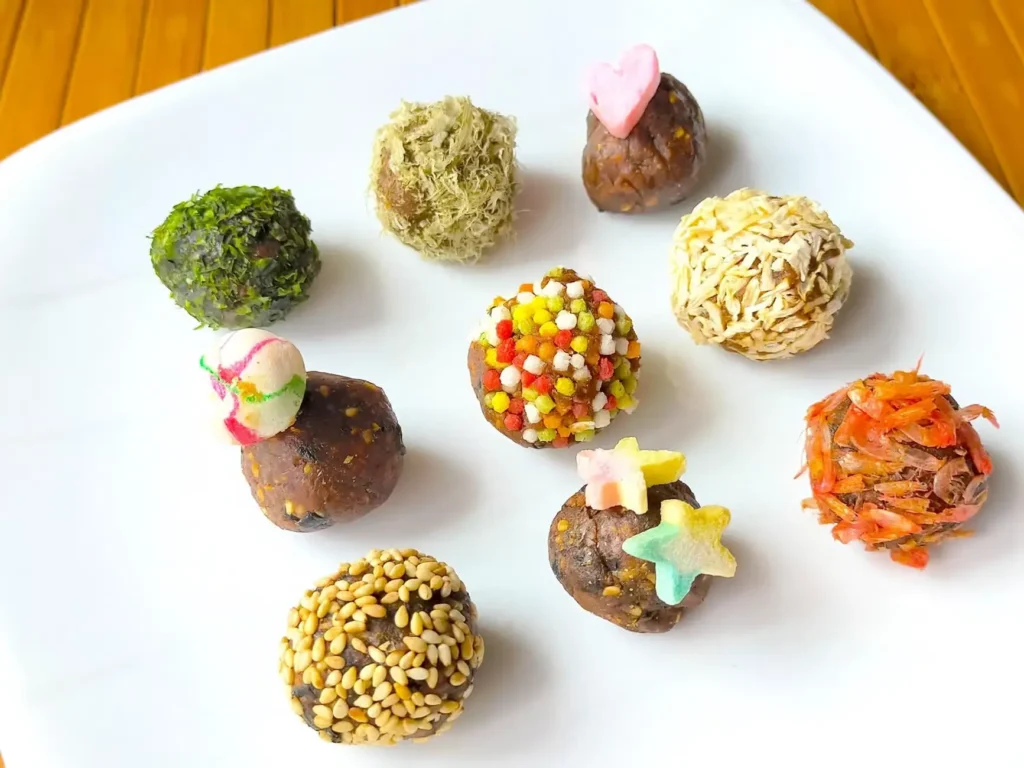
This class focuses on fermentation, which is central to Japanese flavor. You learn how to roll miso balls and taste 10 different kinds of miso. It shows how ingredients like miso, soy sauce, and sake develop their deep umami taste through time and careful preparation.
If you enjoy miso, this is a great experience. I didn’t realize there were so many varieties until I saw them side by side. Each one has a slightly different flavor and aroma.
The class lasts about one hour. The instructor teaches in English and Japanese.
The group is small, limited to six participants. The location is within a 10-minute walk from Shijo Station or Karasuma Station, and about a 15-minute walk from Nishiki Market.
You can choose your own toppings for the miso balls. The class also explains the health benefits and cultural importance of miso. If you have dietary restrictions, just mention them when booking.
This class is gluten-free, vegan, halal-friendly, and allergy-friendly.
Pro Tip: Bring water because you will be tasting different misos, which can be salty. Comfortable clothing makes it easier to mix and roll the miso by hand without feeling restricted.
Found Your Favorite Cooking Class in Kyoto?
Kyoto isn’t only about temples and tea. It’s a city that invites you to slow down and savor its food.
Whether you’re folding gyoza, shaping wagashi sweets, or grinding matcha by hand, every class on this list offers a deeper way to connect with Japan’s culinary heart.
If you’ve already found a class that caught your eye, book it early. The best ones fill up fast, especially during cherry blossom and autumn foliage seasons. And once you’ve mastered your dish, step out into Gion or Pontocho to enjoy the flavors that inspired it.
Because in Kyoto, every bite tells a story — and now, you get to be part of it.

